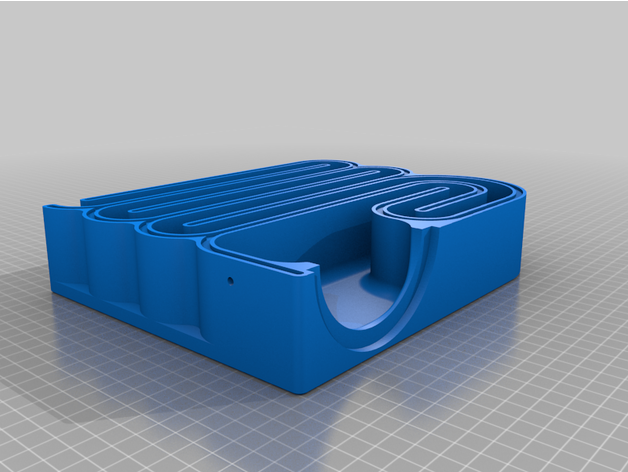You might like the boomy peak of +6dB at about 150Hz or 180Hz. Just now I played 165Hz (musical E3) and my dog barked. My dog does not bark when I play real bass sounds.
83dB at 1W/1m is 77dB at 1W/2m. Then 8W/2m is only 86dB. 8W/4m is only 80dB which is not loud enough.
Which 5W amp did you find?
83dB at 1W/1m is 77dB at 1W/2m. Then 8W/2m is only 86dB. 8W/4m is only 80dB which is not loud enough.
Which 5W amp did you find?



